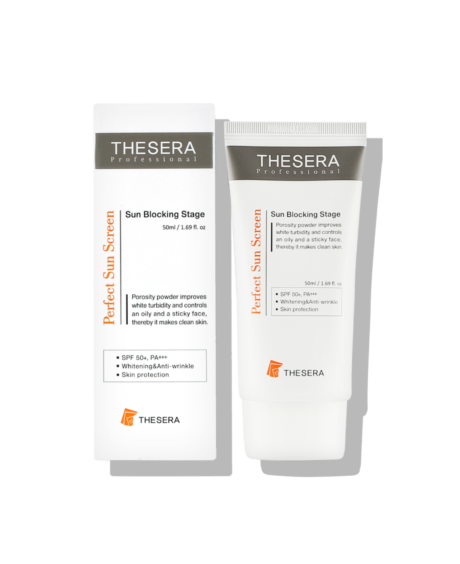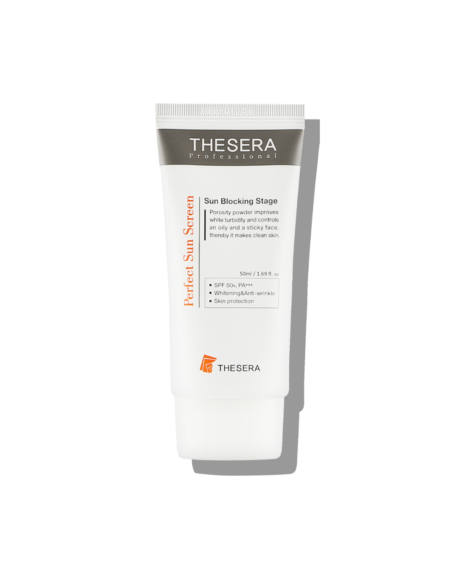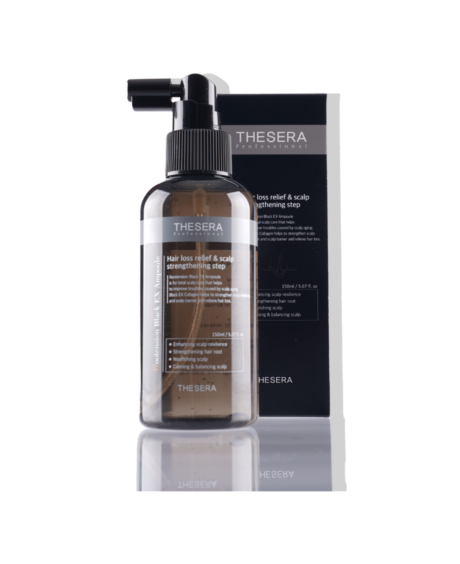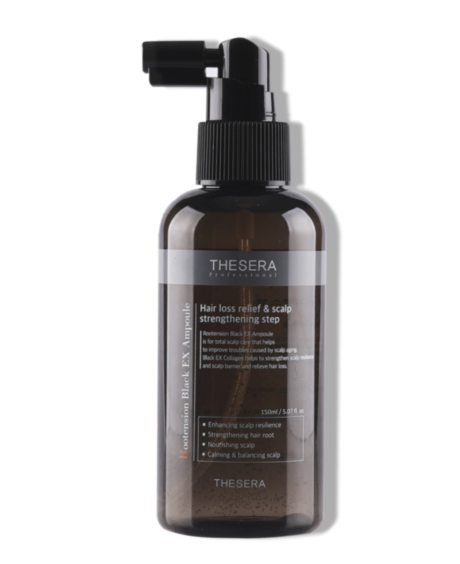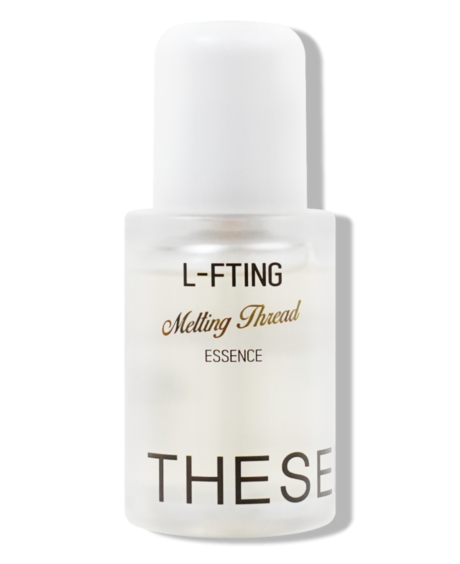Your cart is currently empty.
01.07.2025
From Oil to Soap and Back Again
How Skin Cleansing Has Changed Over the Centuries
And why washing your face is the most important step in skincare
Modern people wash 30 to 60 times more often than their medieval ancestors.
Back then, people bathed maybe once a month — or just “on occasion.” Most of the time, the skin was wiped down with a damp cloth. Soap was rare and expensive, and primarily used for laundering clothes.
Medieval people believed that frequent washing made the body more vulnerable to disease — and there was a grain of truth to that (more on that later).
A true revolution came relatively recently — in 1847, when Hungarian physician Ignaz Semmelweis proved that handwashing reduced mortality in maternity wards.
From that point on, everything changed: microbes were discovered, antiseptics were introduced, modern plumbing and sewage systems were built, and personal hygiene was taught in schools.
With the rise of industrialization, laundry soap, once expensive and limited to few, began to be used for skin cleansing. Needless to say, this soap was incredibly harsh.
However, by the late 19th century, chemists introduced soap containing glycerin and fragrances.
The 20th century brought a boom in the film industry — and with it, a rise in cosmetics and glamorous beauty.
Fun fact: the famous Nivea cream was released in 1911 and became one of the most popular products of its time. Harsh cleansing was now being softened with creams — and thus, a new business emerged.
The giants of makeup came onto the scene:
Max Factor, Helena Rubinstein, Elizabeth Arden, Revlon…
Makeup removers were developed too, like the legendary Cold Cream from Pond’s — a wild mix of mineral oil, wax, comedogenic oils, and preservatives.
Noxzema introduced a lighter version by adding menthol and eucalyptus for a cooling effect.
With the invention of Sodium Lauryl Sulfate (SLS), the first foaming and gel cleansers appeared. Mass production of surfactants (SLS and its cousins) began — mostly cheap and very harsh. Back then, no one paid much attention to their effects.
Meanwhile, science and medicine made major discoveries. Products with active ingredients like vitamins and antioxidants appeared. But when it came to cleansing, people continued using soap right up through the 1960s — because it was the most accessible and “reliable” option.
Then came the fight for flawless skin: alcohol-based toners hit the market.
In 1968, Clinique released the famous “3-Step System” — cleanser, toner, and moisturizer. Clever marketing, wasn’t it?
By the late 20th century, the market was flooded with “clean skin” products. But skin began to lose its lipid barrier and acid mantle, becoming dry, sensitive, and prone to dermatitis.
People hadn’t yet considered the importance of the skin’s microbiome.
Dermatologists began to note increased skin reactivity, irritation, and dehydration. The first studies on barrier repair began.
The first scientific papers on the effects of cleansing agents and the importance of pH were published in 1975.
In 1983, a landmark review article (source) exposed the dangers of SLS, which in the same year was declared the gold standard for causing irritation in dermatological tests — unfortunately, that didn’t stop cosmetics companies from using it to this day.
Later came a flood of research on the importance of the microbiome and skin pH, but advertising, overpromises, and mass-market accessibility led to over-cleansing and skin damage.
Interesting fact: the first gentle, soap-free, fragrance-free cleanser with a pH-balanced formula that didn’t require rinsing and could be removed with a cloth — Cetaphil Gentle Skin Cleanser — was released in 1947. But the public wasn’t ready for it.
How Did the Era of Gentle Cleansing Begin?
It began alongside the era of gentler living.
In the 2000s, more people — not just scientists but bloggers and celebrity dermatologists — began talking about the importance of gentle cleansing. Pharmacy-sold options appeared, and Cetaphil was reborn as one of the most popular products.
Meanwhile, in a parallel universe, Japanese makeup artist and brand founder Shu Uemura released the first commercial cleansing oil — Shu Uemura Cleansing Oil — in 1967.
Its prototype was an oil used by Hollywood actors to remove heavy makeup. By adding an emulsifier, Shu Uemura sparked a revolution.
For a long time, cleansing oils weren’t widely popular — until the mid-2000s, when beauty bloggers brought them into the global spotlight.
The Triumph of Oil
Even in Ancient Rome and Greece, olive oil was used as a primary skin cleanser: the body was rubbed with oil, and dirt scraped off with a special tool.
The world’s oldest soap — Aleppo soap — is made from olive and laurel oils.
Why is Cleansing Oil the Best Option for Skin?
Our skin performs a highly complex protective function. Its outer layer, the epidermis, consists of cells (corneocytes) and lipids (the skin’s “cement”).
These lipids — a mix of fatty acids, cholesterol, and ceramides — form a barrier, retain moisture, and prevent the penetration of bacteria, allergens, and irritants.
On the skin’s surface lies the acid mantle (pH ~4.5–5.5), which supports a healthy microbiome and inhibits pathogenic microorganisms.
Sebum (skin oil) plays an important role in both protection and lubrication.
The goal of cleansing is to remove dirt without damaging this protective army.
Harsh Surfactants (SLS, SLES, ALS, ALES, etc.)
- Break down the skin’s lipids
- Raise pH
- Some linger in the skin for up to 5 days
- Cause allergies and irritation
Gentler surfactants include:
- Coco-Glucoside
- Disodium Cocoyl Glutamate
- Sodium Cocoyl Isethionate
- Decyl Glucoside
- Lauryl Glucoside
How Does Cleansing Oil Work?
Its formula includes only natural cold-pressed oils and an emulsifier. (We’re talking about responsible brands — always read the label!)
“Like dissolves like”: since sebum is oil-based, it dissolves in oil without harming the lipid barrier. The emulsifier binds the oil with water so the dissolved sebum and dirt can be rinsed away.
Thus, cleansing oil is ideal for gently cleansing all skin types.
Usage Rules:
- Apply to dry skin and massage, focusing on problem areas.
- Add water to emulsify, then rinse thoroughly.
- Don’t leave it on the skin for more than a few minutes.
- Repeat the ritual if necessary.
- Waterproof mascara and lipstick can be removed with a cotton pad soaked in water and oil.
- Store in a dark (preferably glass) container and monitor expiration dates — oils oxidize quickly.
Common Fears:
1. Can oil clog pores?
Cleansing oils always contain an emulsifier that turns the oil into a milky texture and prevents it from sticking to the skin.
Proper rinsing is crucial!
Avoid comedogenic oils: coconut, cocoa butter, wheat germ, flaxseed, soybean.
2. Is oil suitable for oily skin?
Yes! Oily skin is often dehydrated, which triggers excess sebum production. Cleansing oil dissolves sebum, and oils like grape seed, rosehip, tea tree, and lavender help reduce inflammation.
3. Is cleansing oil enough on its own? Do I need to wash again after?
Cleansing oil is sufficient for daily cleansing if you’re not wearing heavy makeup. No need to double cleanse if the oil is pure and free of mineral oils or additives.
P.S. For deep cleansing, consider enzyme or acid peels as recommended by a professional.
A long journey has brought us to this simple truth: the most important armor of our body — the skin — must be cleansed gently and with love.

